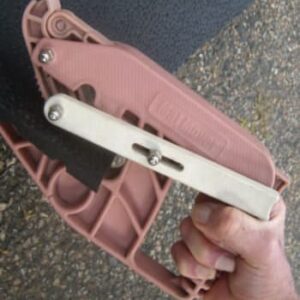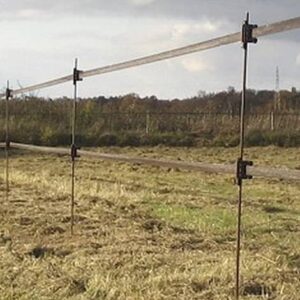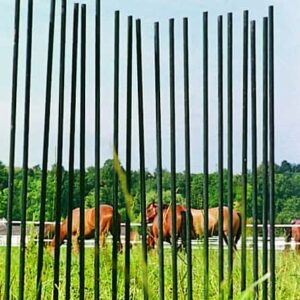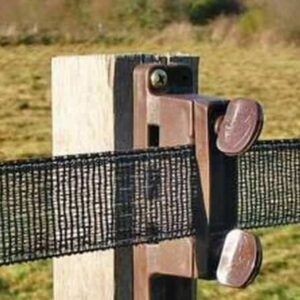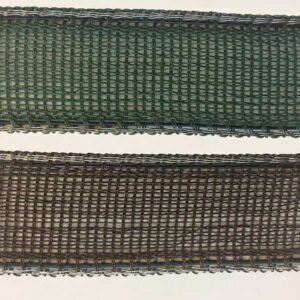How electric fences work
Featured Products
- Accessories, Mat Movers, Xtras and Accessories
Gripper Mat Mover Tool GR1
£18.00 (exc. VAT and delivery) -
-
- Fieldguard Electric Fence Tape
Electric Fencing Tape (40mm) – R4
£45.00 – £220.00 (exc. VAT and delivery)Select options This product has multiple variants. The options may be chosen on the product pageQuick View
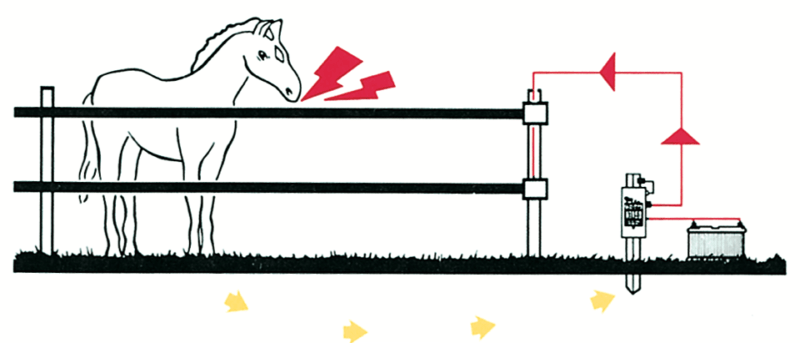 How electric fences work
How electric fences work
An energiser is used to produce short, high voltage pulses identical to the electrostatic shock given off by cars or some carpets.
One side of the energiser is connected to the fence and the other to an earth rod or rods. When an animal touches the fence it completes a full electrical circuit: energiser to fence to animal to earth rod to energiser. Although it is not necessary for a full circuit of the fence itself to be completed, substantial earthing of the energiser is essential to effect good power output to the fence.
An earth rod can be made out of any piece of unused metal (such as old piping) and should be buried in the ground. If a tingle is felt when the earth rod is touched, insufficient earthing is taking place.
Vegetation must be kept from touching electric fencing at all times, by regular cutting or by long-term weed killing.
Basic rules
- 40mm tapes light line stakes to be 5m apart with insulators attached. (4m in very windy areas).
- 20mm tapes stakes to be 7m apart with insulators attached. (1m is roughly one long stride).
Stout wooden stakes at all stress points with tensioners attached. - Re-tension regularly in the first 6 months, thereafter when necessary.
Tension only enough to keep tape level and free from fluttering. - Keep all vegetation down around and under the fence.
- Energiser to be very well earthed.
- Power at the furthest point from the energiser to be a minimum of 3,000 volts.
Animals believe there are shocks ABOVE a fence but not under so will always attempt to crawl under, but seldom try to jump over. For horses the top run need be no higher than 1m (belly button height), and the lower midway to the ground (knee height).
You will have an impenetrable, safe and flexible fence system that offers stability in the most adverse weather conditions and also blends in well with its surroundings.




